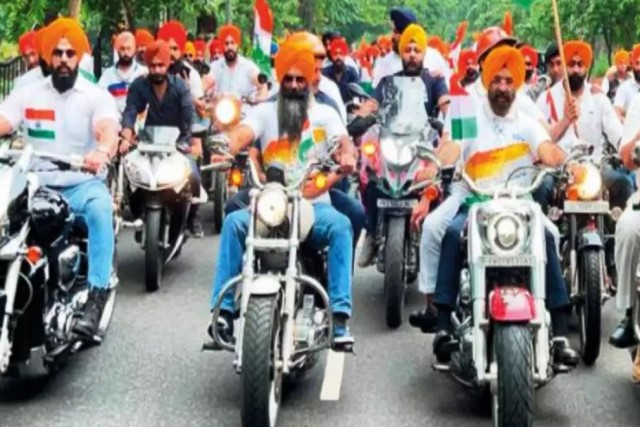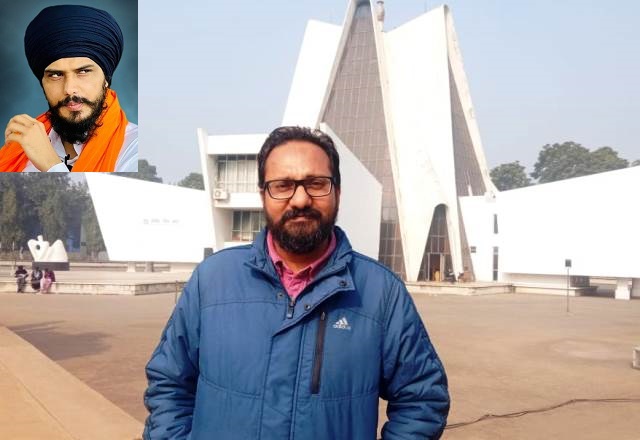Nirmal Singh, the president of Kendri Singh Sabha in Lucknow, says that the right place for a zealot like Amritpal Singh is behind the bars. His views:
The Sikhs are a community known for their brave sacrifices and love for the nation. Members of our community have been the torchbearers of a cordial and peaceful existence with all human beings, irrespective of caste, creed or belief. Our ‘langars’ have earned us all-round goodwill for providing food and other necessities to everyone without discrimination. In a difficult situation like the recent pandemic, Sikhs were at the forefront of voluntary services for the needy.
Let me come to Amritpal Singh, a self-proclaimed leader who has come out of nowhere and began talking about Khalistan, opening old wounds. Who has given him the right to represent us and raise non-issues to seek attention or notoriety? To my mind, he merely represents a bunch of anti-social elements trying to disturb the peace and harmony of a state which requires growth and development.
Take a close look and you can see through the narrative being built around him. Till September 2022, this man wasn’t even wearing the Sikh pagadi. It was in late September that his dastar-bandi (turban-tying ceremony) took place in the village of Jarnail Singh Bhindranwala. Could one not see how things were shaping up towards a rabble-rousing agenda?
I also have a question for the law enforcement agencies: Were they twiddling their thumbs when Amritpal was making one outrageous claim after another? Why did they came into action only after Amritpal, along with a group of goons, attacked a police station and challenged the system? The media also acted irresponsibly by lapping up whatever this madcap had to speak before cameras.
ALSO READ: Rise Of Amritpal Linked To Socio-Political Crisis
We, as Indians, have always believed in world unity or ‘Vasudhaiva Kutumbakam’ and have never ever supported the idea of Khalistan. Why should everything be looked through the prism of Khalistan and separatism when the ground reality in Punjab is that the people feel that both these issues have no support or presence on the ground?
Social media is also to be blamed for the fuss that is being created in Punjab. I went to Punjab by road from Lucknow and, believe me, I didn’t see any such undercurrent of a separate homeland for Sikhs. All this drama was being catered on social media about Amritpal where police action was being projected as oppressive.
There are claims (on social media) that he (Amritpal) has large-scale local support and sympathy which is making it difficult for the police to arrest him. But during my visit to the state I could not find a single person supporting his stupid cause. I suspect there are some external forces involved who wish to disturb the peace and harmony of India as we are making strides in economic growth.
Only a minuscule may be supporting the radical stream, and the people of Punjab will ensure that their motives do not gain any further ground. People are wise enough to understand the motive behind this – to divide people by bringing religion into the narrative. But at ground level, they understand the hidden agenda and are united to counter such a divisive movement.
(The picture used is representational as the narrator declined to share his photograph for personal reason)
As told to Rajat Rai

